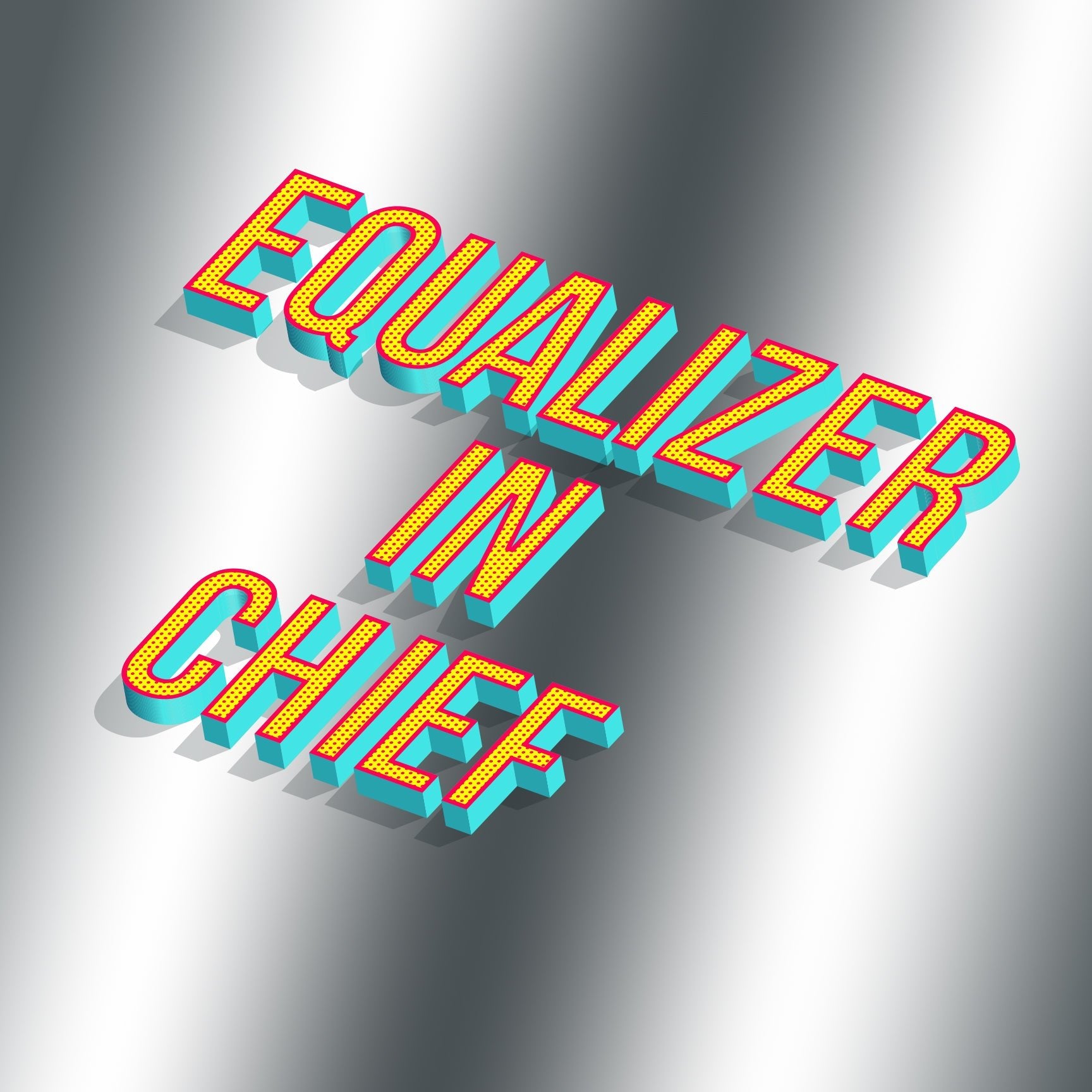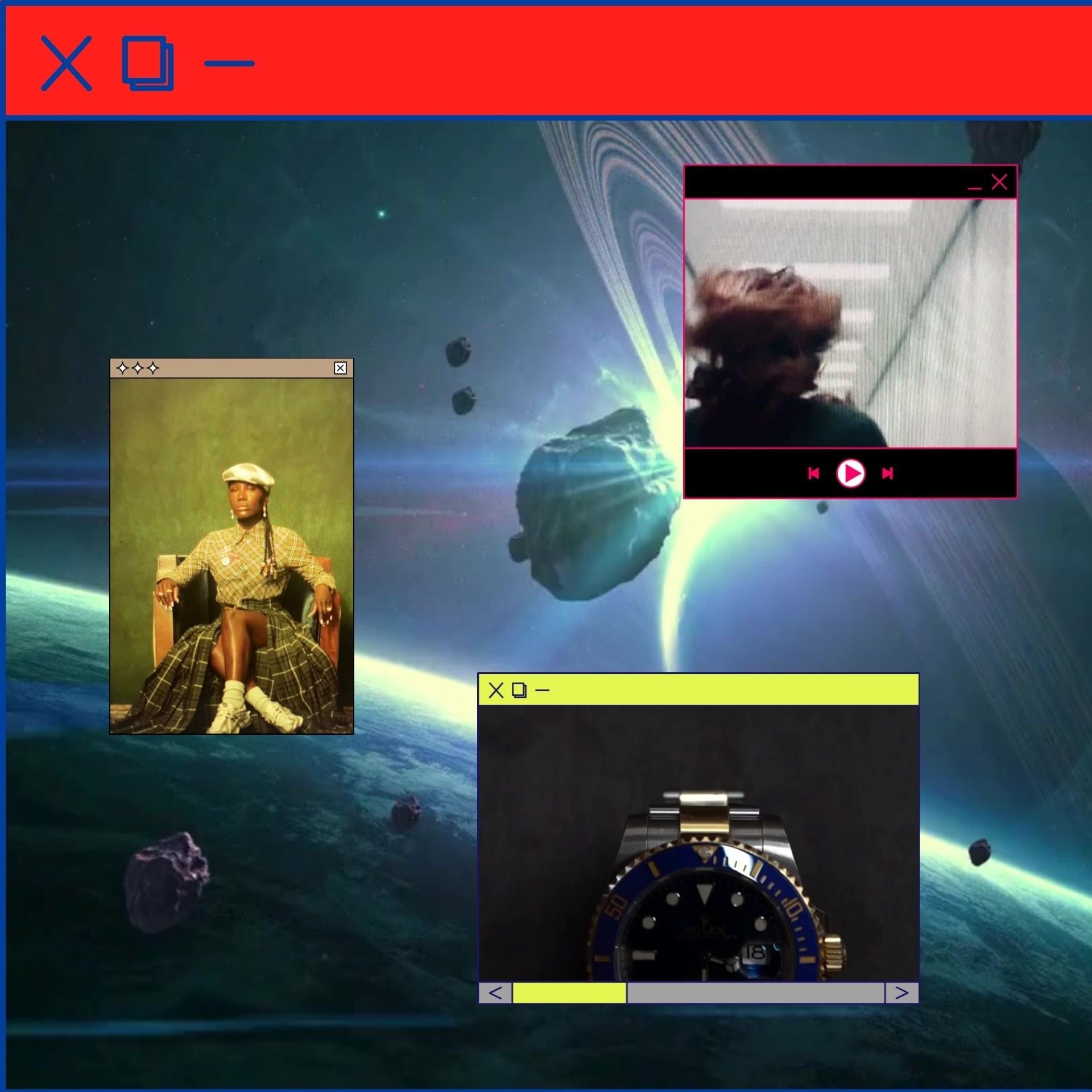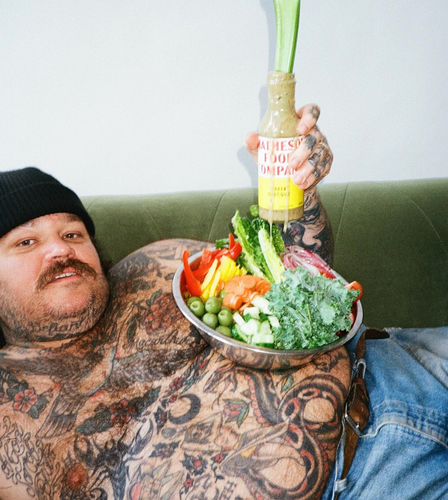

AVOID THE GENDER BIAS IN CONTENT CREATION
One morning in April 2019, on an extremely low chair, in front of a relatively high table at the Soho House, I read an article scrolling through my LinkedIn feed that made me mad: the kind of mad between the sound of gum-cracking and finding out there were no weapons of mass destruction. It was an article from a trade magazine celebrating a female CEO– we’ll call her “Sophie”– who was the first woman to be appointed CEO in the history of a boutique ad agency. Why, I wondered, did the article call her a “female CEO”? Wasn’t she just a CEO? I could not understand why her gender, and not accomplishments was the main focus of an article that was published sixteen months after her appointment. I did a bit more research and found a December 2017 article about Sophie from the same publisher celebrating her appointment. The December 2017 article also focused on her gender, but it didn't feel offensive because she was the first female CEO for this small agency and unfortunately, that's news. Surely, I thought, that after sixteen months in her new post, we have more to celebrate in a female CEO than her gender? (I’ve withheld the name of the CEO and publisher because I didn't have to call them out publicly to ask and receive their support.)
Words help us interact with ideas and the world around us, but I didn't know how to label the cause of this tornado forming in my abdomen. Google, help me. What world have I entered?
"barriers to inclusion"
"beyond our control and awareness"
"learned through past experiences"
The world of unconscious bias. Thank you, Google.
This was the first time I'd interacted with this term. As the former CEO of a 360 brand agency I created in my 20's, I never, not even once, thought of myself as a female CEO. I was a CEO. Thanks to my mentors (Dean Harris, Steve Gross, Richard Johnson, Rob Rogers, Mike McKenna), who happened to have been all male, I never felt my gender was a barrier to dream catch. I knew I had to put in more hours, speak softer –and more often–to be heard, but that was just something I accepted. I never had the courage to find words for it until I read this article.
Labeling, optics, and perception are the keys to accelerating the closure of the gender gap, which Quartz cites will happen in 2221. But that’s in 202 years! Closing the gender gap comes with greater inclusion and wage equality, but also by ensuring the stories we choose to tell as creators and journalists are bias free–especially the ones that can help normalize media coverage of the progress we make in the bias movement. So, female CEO becomes simply CEO. Sandra Day O’Connor was the first female Supreme Court Justice, and the initial coverage of her appointment was rightly focused on her as a female trailblazer. However, in the years post-appointment, Chief Justice O’Connor’s jurisprudence, not her gender, was the focus of the media coverage. Or, when Hoda Kotb replaced Matt Lauer, there was no mention of her gender. Bias-free advertisements with an over 100 GEM score (a filter to measure bias in ads) perform better and increase sales, because they appeal to larger audiences. Stories, too, in the newsroom (and brand newsroom) that reflect culture without relying on fixed archetypes and ideologies, perform better.
To understand more about unconscious–or implicit–bias, read this or this.
I reached out to Sophie and the publisher asking why the author of the April 2019 article focused on Sophie’s gender, and why neither Sophie nor the journalist changed the conversation. Sophie had sympathy for my position, while also not placing blame on the publication. “You are right,” she said. “I almost want to say [we are] ahead of our time. {The journalist} isn’t the target. They are a product of a society that looks at this that way. I honestly don’t think they meant to be lazy.”

With the publisher, I shared that while news organizations, brands, and agencies have bias training for employees to foster better culture, only a few publishers like BBC (to my knowledge) have a dedicated bias filter, that’s more than a few lines in their styleguide, through which content is pitched and published. I suggested that this type of filter, applied here could be a great platform – something they could spearhead for American media. The publisher was equally supportive and said they would get back to me to “see how we can better educate our edit staff, and in turn the wider industry.” After speaking to Sophie and the publisher, I knew I had to clarify what I wanted from all of this in order to move the conversation forward. This is how #EqualizerInChief initiative was born.
As a creator, when you are on the edge of a conversation or an idea, you are alone and isolated, and it is your duty to take it to fruition so your concept is clear, packaged, and understood. So that's what I did. I packaged the idea of creating a filter with a few other things creators and marketers can do to create bias-free content. My fellow creators who opt into this need to be honored with a title in high esteem–an Equalizer-In-Chief. As an Equalizer-In-Chief, you:
1. Support the idea and will contribute to creating a dedicated journalistic bias filter from pitch to publish that normalizes the progress we make in gender equality. For example, “female CEOs” simply become CEOs.
2. Incorporate the GEM (Gender Equality Measure) filter into the creative process, from pitch to publish. Your content will perform better.
3. Incorporate bias training in creative leadership and mentorship
Unconscious bias didn’t exist because I found out about it. Organizations like #SeeHer, Female Quotient,#Unstereotype, and SeeJane have worked tirelessly since as far back as 2004 to eliminate unconscious bias in the advertising and entertainment industries. Cannes Lions 2019, the ad industry version of the Oscar Awards featuring not only awards, but Aspen Institute quality talks meant to move the industry forward, was happening in a few months at the time I formulated the concept behind Equalizer-In-Chief. The most influential brands, agencies, and organizations committed to social issues, like unconscious bias, would be in attendance and that's where I had to be–with my tribe.
Read Part 2 of this series Will corporate brands become the unlikely hero of this generation's gender equality movement? I went to Cannes to find out.
As an Editor-In-Chief and Executive Creative Director for brands, I’ve managed and spent hundreds of millions of dollars in creative media (advertising and branded native content) throughout my career. The stories we write, people we cast, and the filter we use for great work must evolve to mirror our current human truths. I saw how my own fixed bias has played a part in this: CXO’s are men, except CMO’s who are women…Millenials are apathetic and entitled…I could go on. By perpetrating these biases, we do not usher in a new reality. As I look to the future of my leadership, I've added Equalizer-In-Chief to my title and I'm asking you (creatives, marketers) to do the same so we can, in the same way the fourth estate silently agreed not to call out the names of terrorists in news coverage, accelerate the closing of the gender gap.
Read Part 2 of this series: Equalizer-in-Chief goes to Cannes to see if Corporate brands are the unlikely heroes of this generation's gender equality movement?



